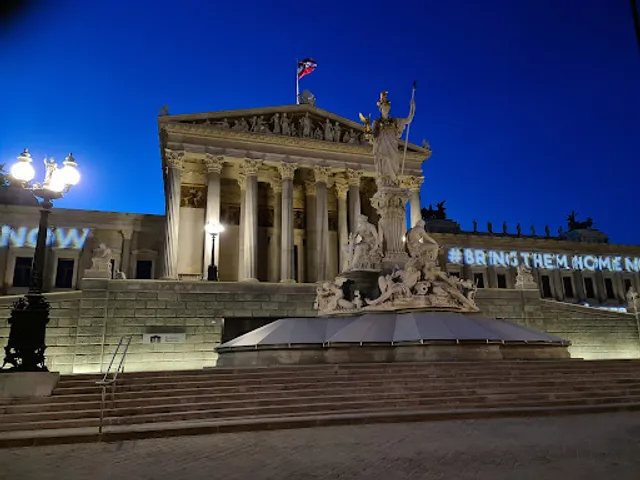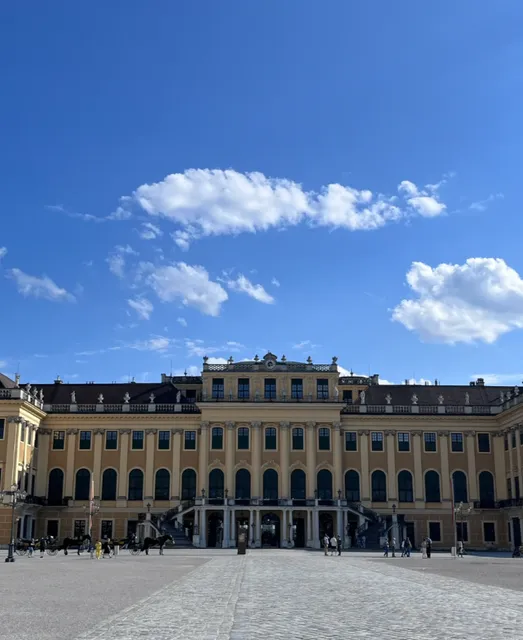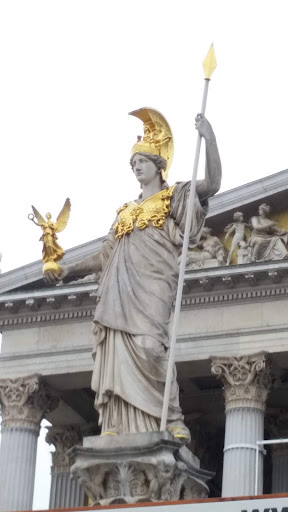Austrian Parliament things to do, attractions, restaurants, events info and trip planning
Basic Info
Austrian Parliament
Dr. Karl Renner-Ring 3, 1017 Wien, Austria
4.6(1.6K)
Open 24 hours
Save
spot
spot
Ratings & Description
Info
Cultural
Scenic
Accessibility
attractions: Volksgarten, Rathauspark, Rathausplatz, Pallas-Athene-Brunnen, Museum of Natural History Vienna, Heldenplatz, Maria-Theresien-Platz, Burgtheater, Theseus Temple, Hofburg, restaurants: KELSEN im Parlament (Restaurant), PIZZA SENZA DANZA, Justizcafé, Phở Bến Thành, Vestibül Restaurant im Burgtheater, DEVAL, Cantina Friulana, Nana 7, Centimeter beim Rathaus, Wiener Rathauskeller
 Learn more insights from Wanderboat AI.
Learn more insights from Wanderboat AI.Phone
+43 1 401100
Website
parlament.gv.at
Plan your stay

Pet-friendly Hotels in Vienna
Find a cozy hotel nearby and make it a full experience.

Affordable Hotels in Vienna
Find a cozy hotel nearby and make it a full experience.

The Coolest Hotels You Haven't Heard Of (Yet)
Find a cozy hotel nearby and make it a full experience.

Trending Stays Worth the Hype in Vienna
Find a cozy hotel nearby and make it a full experience.
Reviews
Nearby attractions of Austrian Parliament
Volksgarten
Rathauspark
Rathausplatz
Pallas-Athene-Brunnen
Museum of Natural History Vienna
Heldenplatz
Maria-Theresien-Platz
Burgtheater
Theseus Temple
Hofburg
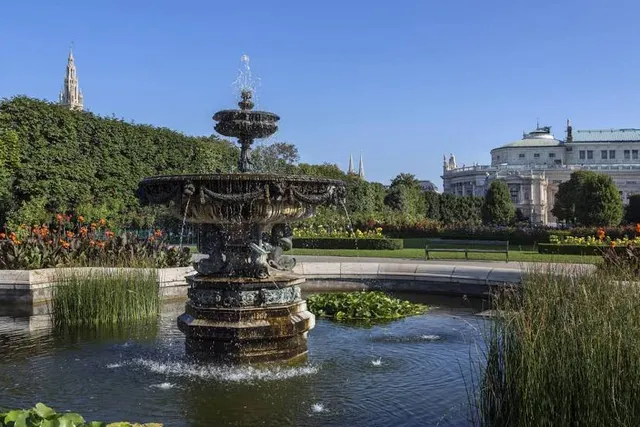
Volksgarten
4.6
(7.8K)
Open 24 hours
Click for details
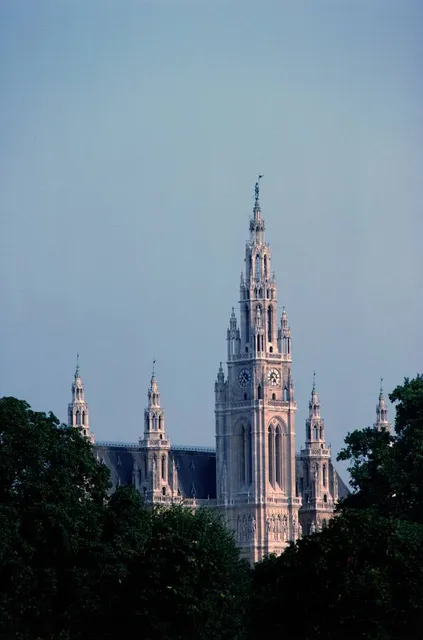
Rathauspark
4.7
(5.3K)
Open 24 hours
Click for details
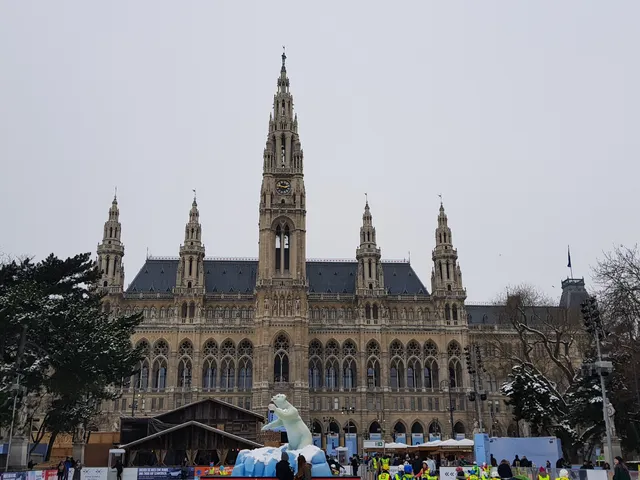
Rathausplatz
4.7
(15.8K)
Open 24 hours
Click for details
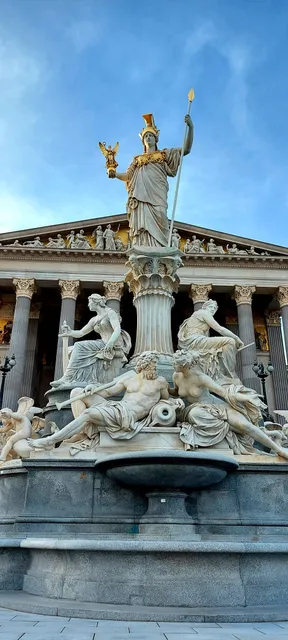
Pallas-Athene-Brunnen
4.7
(215)
Open 24 hours
Click for details
Things to do nearby
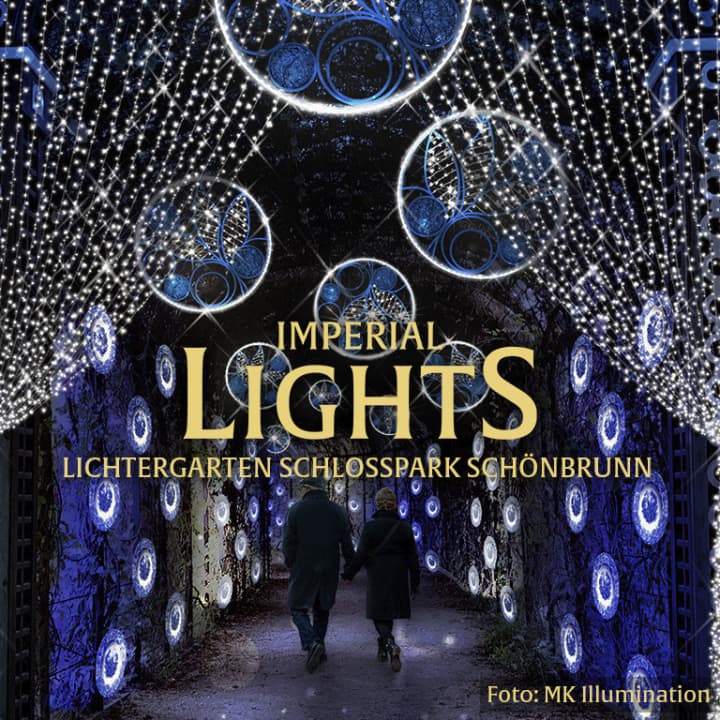
Imperial Lights
Mon, Dec 29 • 5:00 PM
Meidlinger Fahrstraße, Wien, 1130
View details
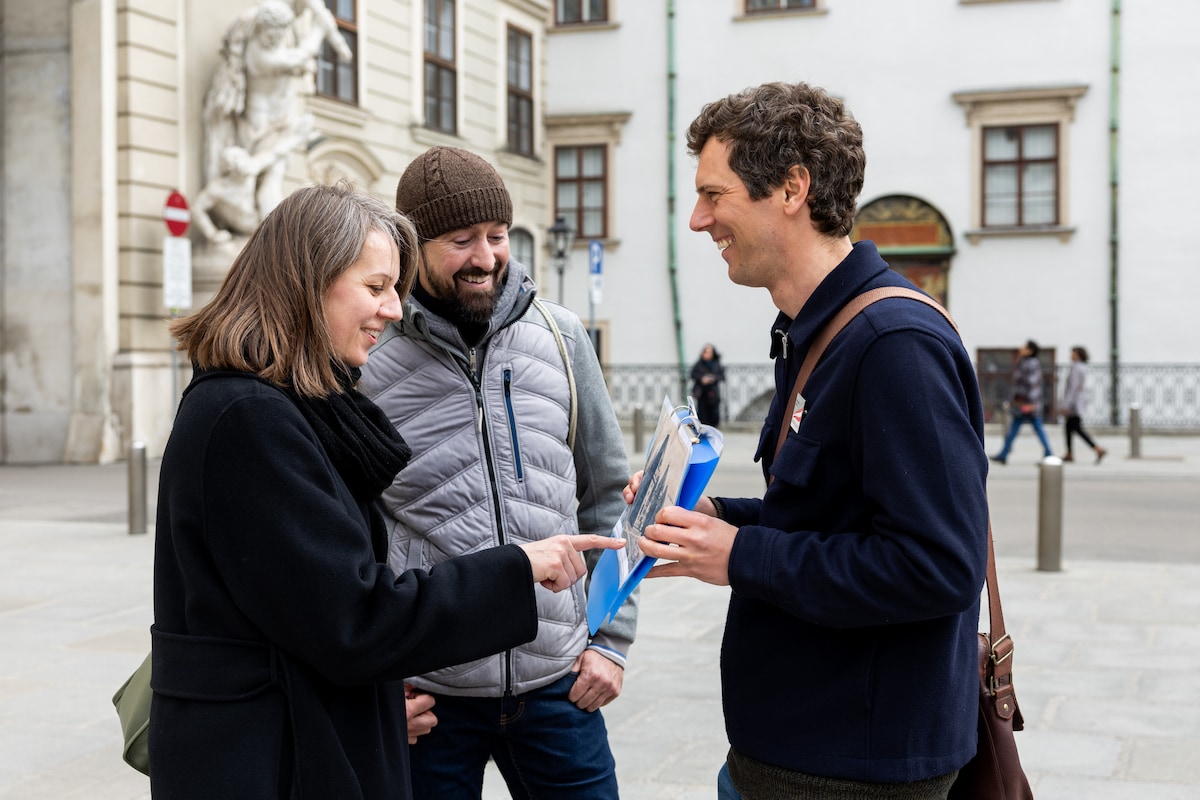
Explore historic Vienna
Tue, Dec 30 • 10:00 AM
Vienna, Vienna 1010, Austria
View details

Die Legende der Titanic - Die immersive Ausstellung
Mon, Dec 29 • 5:00 PM
Karl-Farkas-Gasse 19, Wien, 1030
View details
Nearby restaurants of Austrian Parliament
KELSEN im Parlament (Restaurant)
PIZZA SENZA DANZA
Justizcafé
Phở Bến Thành
Vestibül Restaurant im Burgtheater
DEVAL
Cantina Friulana
Nana 7
Centimeter beim Rathaus
Wiener Rathauskeller
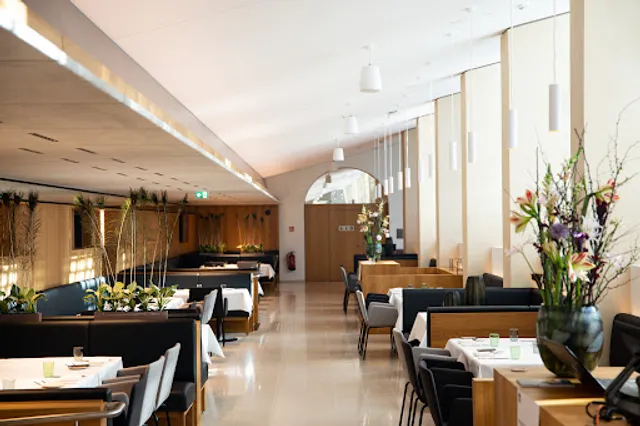
KELSEN im Parlament (Restaurant)
4.3
(136)
Click for details

PIZZA SENZA DANZA
3.8
(337)
Click for details
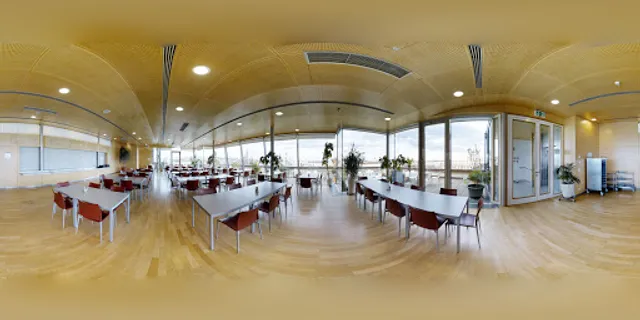
Justizcafé
4.2
(273)
Click for details
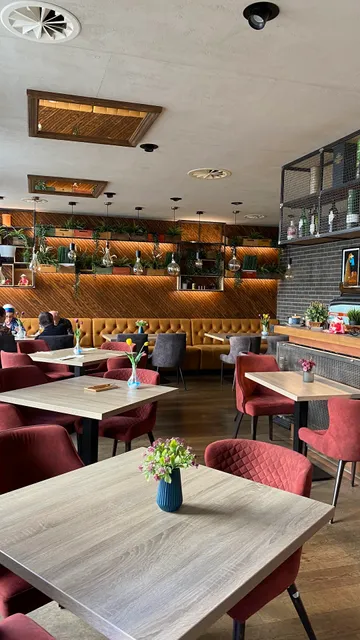
Phở Bến Thành
4.7
(125)
Click for details
